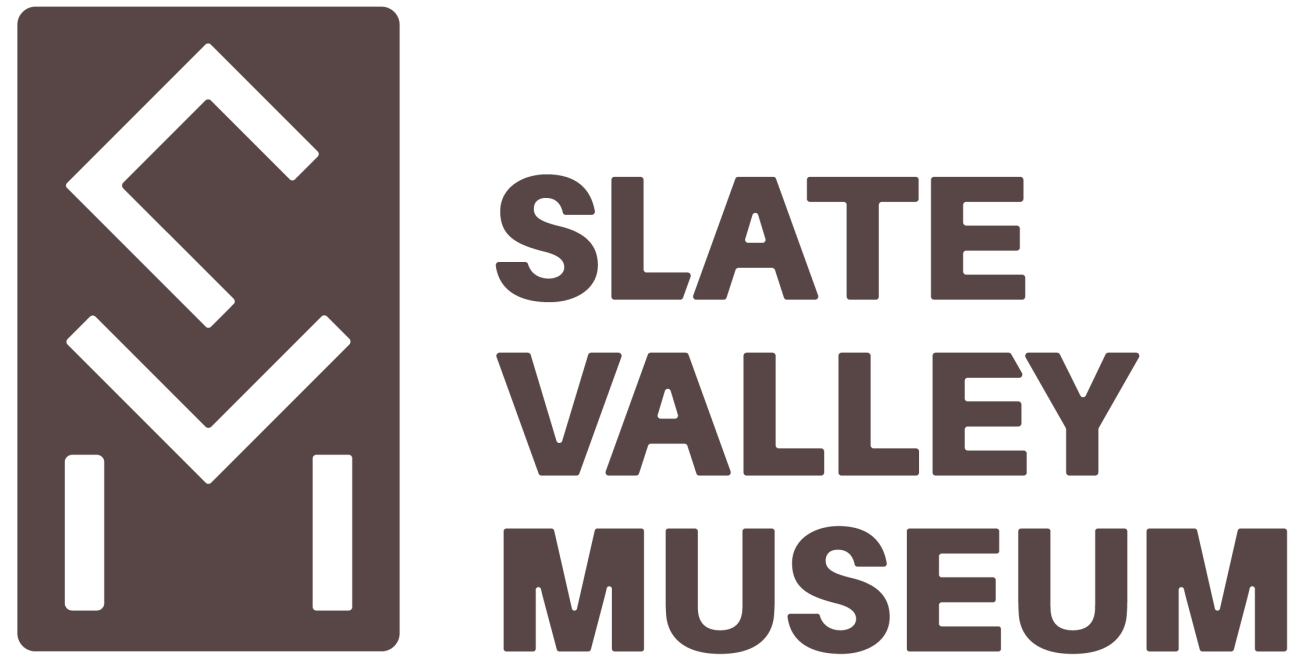One Painting, Many Stories:
Exploring the Legacy & Context of a Slate Valley WPA Mural
After the turbulent nineteen-teens, characterized by the horrors of World War One followed closely by the 1918 influenza pandemic, the country hoped for a brighter future in the next decade. During the "roaring twenties" the arts experienced a period of expansion and experimentation, largely encouraged by formal schools in Paris, Rome, and Florence. While European art still had influence in the United States, American artists began to define their own styles and themes. In addition, a thriving art market provided the financial incentives for artists to make a living.
However, the 20s ended with the worst economic depression in the country's history, and the Hoover administration gave way to the FDR administration, characterized by government spending and jobs programs. “Men Working in Slate Quarry” by Martha Levy represents not only an expansion of the arts, but also an effort from the federal government – in the form of the Works Progress Administration (WPA) – to enhance public spaces and meet the growing social and financial challenges of a country struggling under the Great Depression.
As you consider this mural, ask yourself: How does this government funded depiction of working-class men from the late 30s compare to opulent paintings purchased by wealthy patrons in the decade prior?


